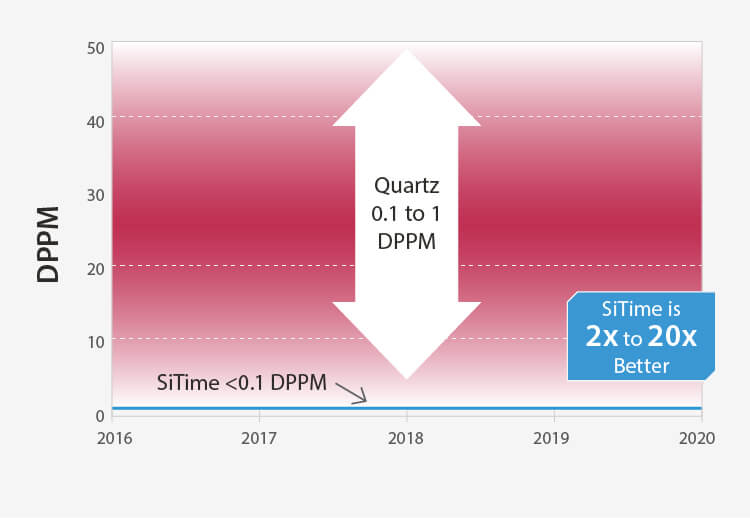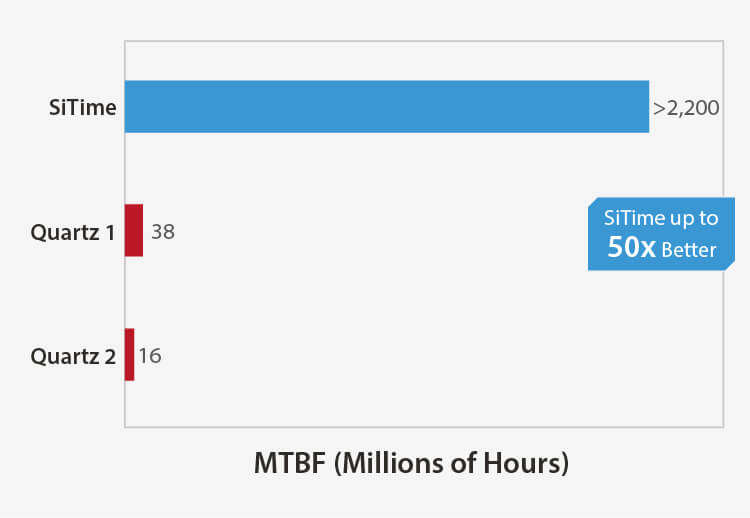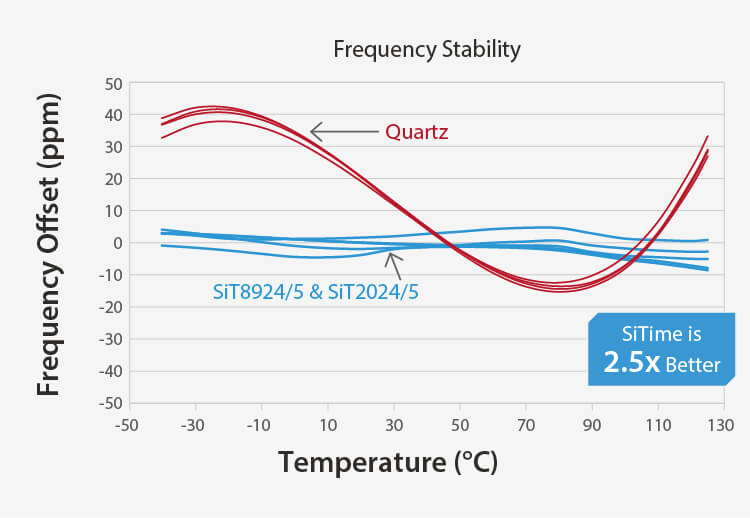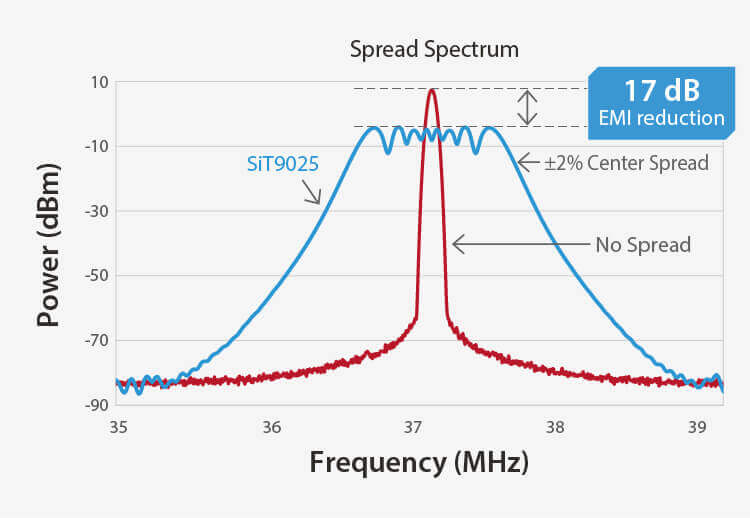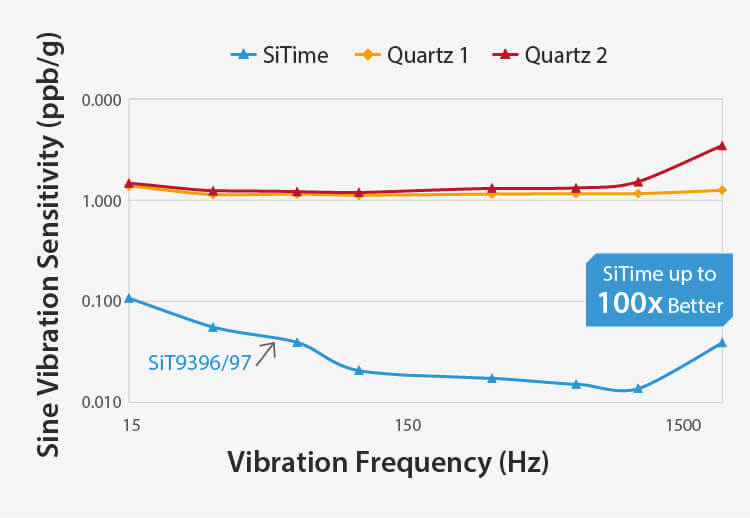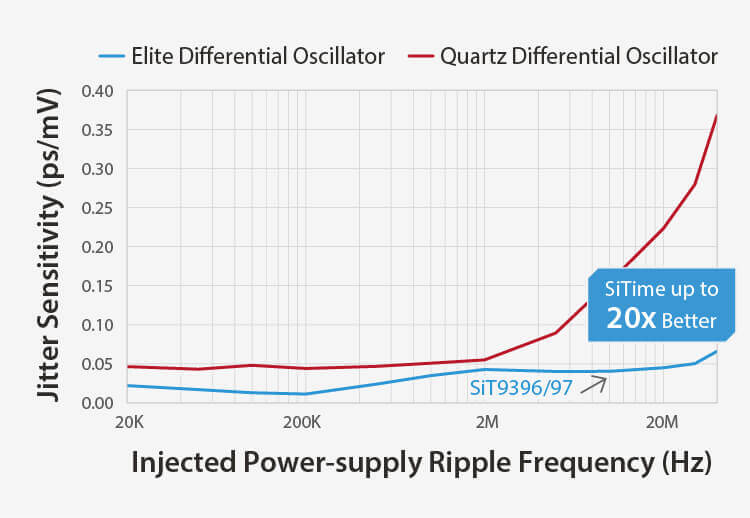MEMS Timing Solutions for Automotive Camera
| Devices | Key Features | Key Values |
|---|---|---|
|
Single-ended Oscillator
SiT8924 1 to 110 MHz
|
|
|
|
Single-ended Oscillator
SiT9025 1 to 110 MHz
|
|
|
|
Differential Oscillators
SiT9396 1 to 220 MHz
SiT9397 220 to 920 MHz
|
|
|
|
Super-TCXOs
SiT5386 1 to 60 MHz
SiT5387 60 to 220 MHz
|
|
|
1 12 kHz to 20 MHz integration range


